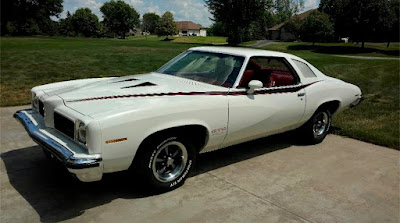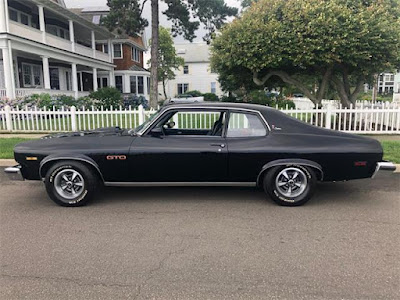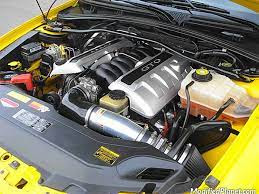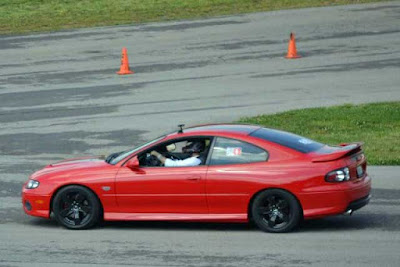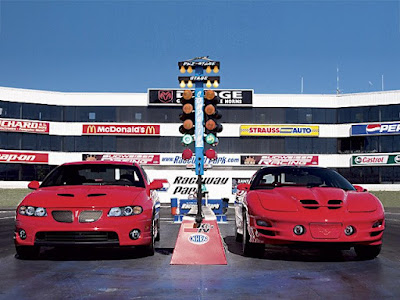I think most automobile enthusiasts would agree that very few vehicles from the mid-'70s to the late '80s could be considered high-performance vehicles. Between higher-priced fuel due to oil shortages, the EPA clamp-down in search of better emissions, and sky-rocketing insurance rates, there was just no market for higher-performing cars, especially with the US bouncing in and out of recessions.
But still, in the ‘80s, there were some well-performing cars that gave us gearheads some hope for a change—a light at the end of the tunnel that would get us out of an era that produced mostly disappointing sports cars and sad muscle car attempts.
So when did the tides start to change for the high-performance automobile industry?
It is tough to pinpoint when or where, but there are a few vehicles like the Buick Grand National, GMC Syclone and Typhoon, prototype 454 Corvette ZR-2, and some other impressive attempts to revive the high-performance auto industry.
One very important contribution to the reviving process was the creation of the Pontiac Firehawk. Let’s take a look at how these cool cars got their start, what made them awesome, and how they evolved.
The 1991 and 1992 Pontiac Firehawk
When Pontiac was ready to give their sports car a boost in the right direction, they looked to the SLP company. Starting in 1987, SLP has been a huge contributor to high-performance parts for vehicles of all kinds.
Pontiac just didn’t place some of the SLP high-performance parts on the soon-to-be Firehawk, instead, the two companies joined together to create a new performance RPO code name B4U or better known as the Pontiac Firehawk.
Built off the Firebird trim package, this Pontiac received an L98 350 V8 engine that pumped out 360 horsepower 390 lb.-ft. of torque thanks mostly to upgraded pistons, intake, exhaust, and a set of well-ported heads.
Other upgrades included:
- C4 Corvette ZF 6-speed manual transmission
- Aluminum driveshaft
- Limited-slip differential
- 275/40-17 tires
- Recaro front seats
- Aluminum hood
- Roll Cage
- Five-point harnesses
- Stiffer bushings for the rear control arms
- Brembo® brakes
- Optional fuel cell
Performance Results
There are no official times that any one source can tie down as a positive, but an easy 13-second quarter-mile time at 106 mph seems to be about on target with its 4.6 seconds 0-60 mph times.
Production Numbers
Between the ‘91 and '92 third-generation Firehawks, a total of 25 were built. The first eight Firehawks were built as 1991 Pontiac Firehawks, and the last 17 were built as 1992 Firehawks.
Fourth-Generation: Pontiac Firehawk 1993
The first Firehawks were so well-received there was no doubt Pontiac was going to carry the nameplate over to the fourth-generation Firebirds. Unfortunately, these Firehawks would receive fewer upgrades from the original ‘93 Firebird Formula. Most people believe it was to not take too much away from the new-generation look and drivetrain.
Fourth-Generation Firehawk Upgrades
With both Camaro Z28 and Firebird Formula now receiving the new LT1 that Corvette started using just one year earlier, more power became a little bit more achievable. In stock form, the 5.7-liter LT1 engine would make 275 horsepower. With some special Firehawk tuning, the LT1’s power was boosted to 300 horsepower and 330 lb.-ft. of torque.
Other Upgrades Included:
- Lightweight composite hood with functional CAI ram air
- Firehawk graphics
- Stainless exhaust tips
- 17-inch x 8-½-inch aluminum alloy wheels
- P275/40ZR17 Firestone Firehawk tires
- 201 Firehawks produced in 1993 with the RPO code of R6V
Although mostly unchanged from the previous year, Pontiac did make a move that made the Firehawk more desirable to a wider audience. For the first time, a Firehawk buyer had the option of purchasing one in a convertible configuration. In fact, 102 convertibles were said to be built for ‘95. Unfortunately, although the convertible Firehawk received all the other performance upgrades as the other Firehawks, they were unable to be ordered with the Level II Bilstein Sport Suspension.
1996 Pontiac Firehawk
1996 was a low production year for the Firehawk due to the interest that SLP found in the WS6 Ram Air Pontiacs and Camaro SS. Only 41 were produced, but the nice thing was that the Firehawk performance package ended up costing less than it did the previous year.
1997 Pontiac Firehawk
1997 was another special year for the Firehawks. Although it is unknown how many were produced, 29 were produced with a Corvette LT4 engine. Since in ‘97, Corvette had moved on to the new and improved LS1 engine, there were extra LT4 engines left over. Some of those engines went into the ‘97 Camaro SS SLP Edition, and the others went into the Firehawk. Other than the bigger engine package, not much changed from ‘96 to the ‘97 for the Firehawk.
Some More Upgrades Through The Fourth-Generation Years That Could Be Order Depending On Year And Configuration Were:
- Engine Oil Cooler Package
- Performance Lubricants Package with synthetic rear axle lube, semi-synthetic power steering fluid, and premium quality synthetic media engine oil filter
- Torsen Limited Slip Differential (includes Performance Lubricants Package)
- SLP Hurst short throw shifter with H-shift knob
- American Racing Equipment chrome-plated aluminum wheels
- LT4 Engine Upgrade (only for ‘97)
1998 Pontiac Firehawk
1999-2002 Pontiac Firehawk
These generation Pontiac Firehawks would get the brand new Formula/Trans Am bodystyle. Outside of their Firehawk emblems and sometimes different rims, there was one sure way you could tell a Firehawk apart from a Pontiac Formula or Trans Am, and that was the Ram Air Induction. All Firehawks had a distinctive ram air with two solid hood scoops for the induction system, whereas the Formula and Trans Am ordered with the WS6 Ram Air package had a hood that looked like it had four air inlets.
The big changes for the ‘99-’02 Firehawks were the horsepower, a selection of suspension upgrades, and the chance to finally get a Firehawk in a Trans Am trim. Thanks to the success of the LS1 engines, Firehawk Trans Ams were popping up all over the place, and they were mighty feared competitors on the streets. Horsepower changes for those years are as follows:
- 1999 - 327 horsepower
- 2000 - 330 horsepower
- 2001 - 335 horsepower
- 2022 - 345 horsepower
It was sad to say goodbye to the F-bodies and Pontiacs in general. The Chevrolet Camaro came back to life, but it will soon disappear as well. It’s gems like these that need to be preserved, and although it's hard to find a Firehawk for a good price, they are still out there and probably worth the high price tag that car enthusiasts are asking.
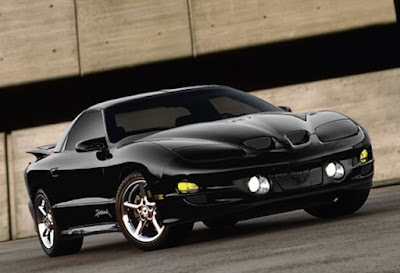



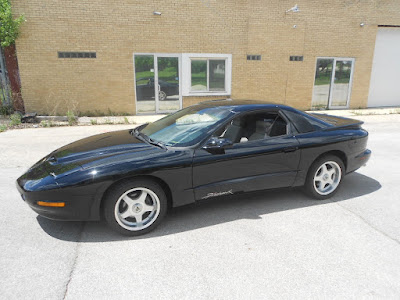
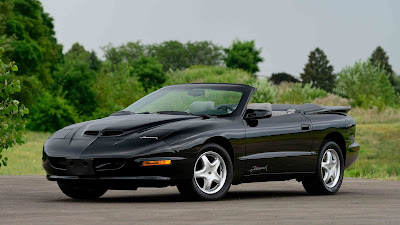





.jpg)

